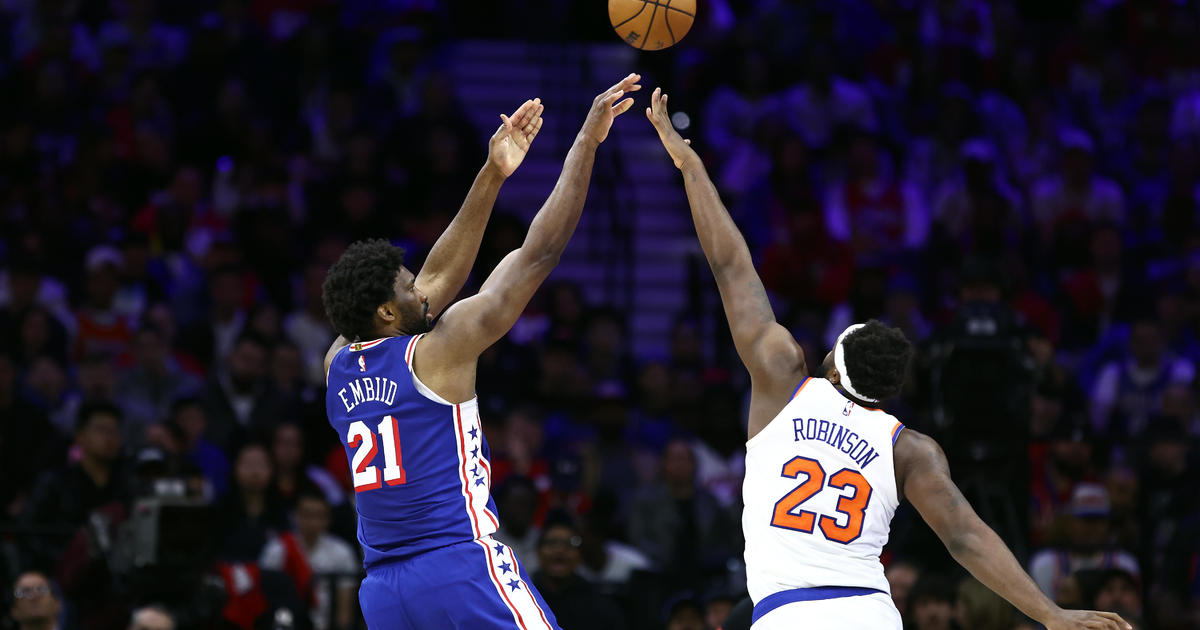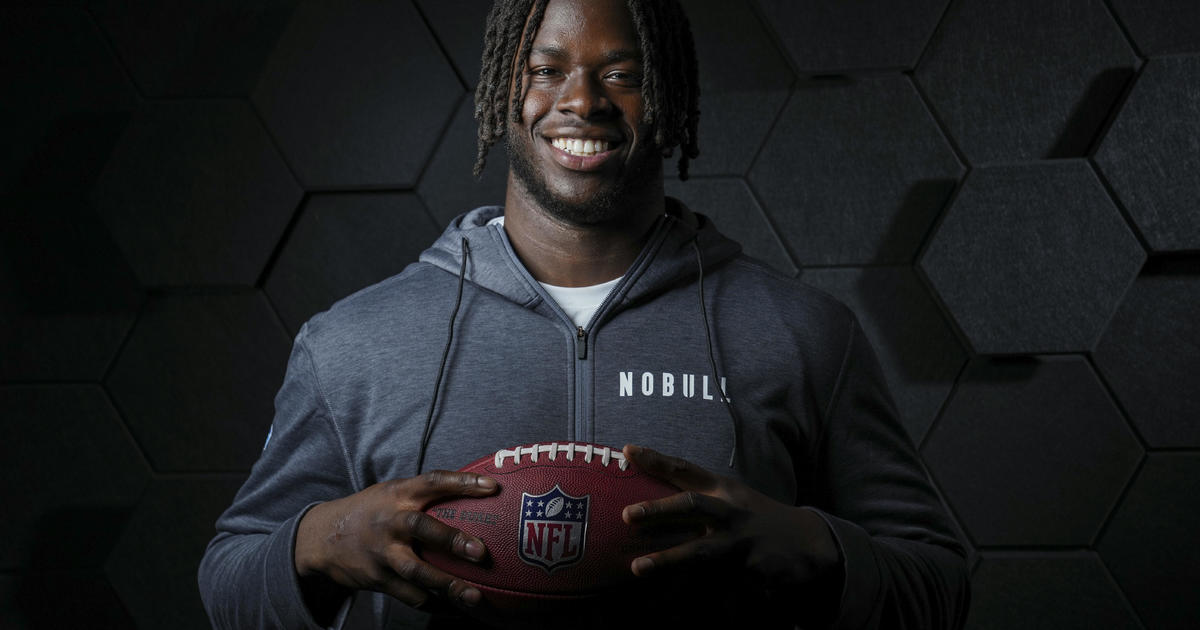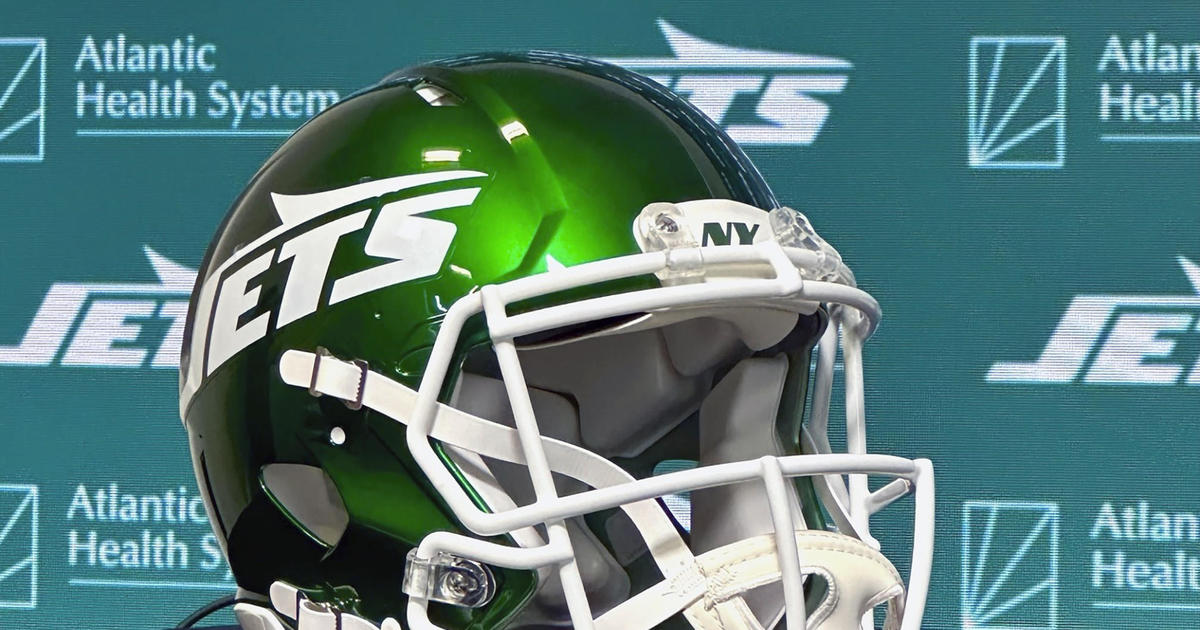Kallas: To Go For Two Or Not To Go For Two, That Is The Question
By Steve Kallas
» More Columns
It's so interesting to watch NFL coaches decide whether or not to go for a two-point conversion after a touchdown cuts the lead to, for example, two points. Virtually everybody is familiar with the "chart" that everyone has; that is, from a mathematical perspective, when you should go for two and when you should not go for two. Plus, most (but not all) coaches follow the general rule that says don't go for two in the first three quarters but do go for two in the fourth quarter.
BUT IT'S REALLY A "FEEL" THING
In a world where virtually everybody tries to make virtually everything a "certainty," the reality is that is sometimes not the case in deciding whether or not to go for two. That is, it's really a "feel" thing, an understanding of what the situation is and what's going on IN THIS PARTICULAR GAME.
You can't always break it down to a chart or a formula. Which leads us to …
GREEN BAY 35, TAMPA BAY 26
This past Sunday, November 20, 2011, the Tampa Bay Bucs came into Lambeau Field to play the undefeated Packers. As a general rule, everybody knows that Aaron Rodgers and the Packers have a lights-out offense. Many think (and correctly so) that, if they do lose a game, it will probably be in a shootout because nobody is going to shut down an Aaron Rodgers-led Packer offense.
So, while the Bucs did a relatively good job containing (but not stopping) the Packers through three quarters (21 points for Green Bay, 206 passing yards for Aaron Rodgers), they had a decision to make at the beginning of the fourth quarter when, down 21-13 and very much in the game, the Bucs scored a touchdown to make it 21-19.
TO GO OR NOT TO GO?
There wasn't much discussion on the telecast other than to say the Bucs had decided to go for two with 13:07 left in the fourth quarter. But let's take a look at it before they go for two.
If they make it, tie game, great call (maybe). But when you are looking at this decision, you also have to at least consider what happens if you don't make it.
And here is where the "feel" part comes in.
The Bucs are playing on the road against the defending Super Bowl champions who are, by virtually all accounts, better this year than last year. The Packers bread and butter is their offense, specifically Aaron Rodgers, who many are saying is playing the QB position better than anyone has ever played it in the history of the NFL.
So, if the Bucs miss, and Rodgers leads the Packers down the field for a TD (certainly not an unlikely scenario), then the Bucs would be down nine.
Uh-oh. That would, obviously, make it a two-score game in the middle of the fourth quarter, a very difficult task for a team like the Bucs on the road.
The "feel" part of this, to this writer, means you don't go for it with 13:07 left in the fourth, even if that's "generally" what a team would "normally" do.
SO WHAT HAPPENS?
Well, you know what happened this past Sunday. Kellen Winslow, Jr. is wide open for the two, the ball is thrown a little behind him and he can't hold on, leaving the score at 21-19.
And you could guess what was going to happen next.
Aaron Rodgers gets the ball at his own 15, engineers a five-and-a-half minute drive (penalty-aided, to be sure) and puts the ball in the end zone with 7:40 left. With the easy extra point, the Packers lead by NINE, 28-19.
For all intents and purposes, game over.
To the Bucs credit, they drive the ball back down the field and score with 4:25 left to make it 28-26. And then, with 4:25 and two timeouts left, they decide to onside kick.
Why would they do that? Well, you have to think that the coaching staff was not very confident that they could stop the Packers (and they were right). But, presumably, you had to think that, with 13:07 left and down two before they go for two, they had to think, at that time, that they could stop the Packers (the Packers had not scored in the third quarter, but that was more because of the fact that the Bucs had the ball for 10 minutes of the third quarter).
So, what happens? The Packers score another touchdown, this one on a 40-yard TD pass from Rodgers to Jordy Nelson. With the extra point, they are up NINE, 35-26.
For all intents and purposes, game over.
It was even irrelevant when, with 1:39 left in the game, Mason Crosby of the Packers missed his first field goal of the season (after 23 straight). Why was it irrelevant? Because the Packers were up NINE, not eight.
WHAT DOES ALL OF THIS MEAN?
What it means is you have to have a feel for when to go and when not to go for the two-point conversion. You have to at least consider what happens if you miss going for two to tie and the other team can score a touchdown. If it's a very low-scoring game and/or you are playing a poor offense, then, by all means, take a shot.
But if you are playing the Green Bay Packers, the best offense in football, and the score is already 21-19 with just about a full quarter to go, you should probably wait until later in the game (like with 4:25 left) to go for two.
DOES THIS MEAN THE BUCS WOULD HAVE WON THE GAME IF THEY DID NOT GO FOR TWO?
Of course not. What it does mean, however, is you would have had a better chance to extend the game and maybe a better chance to win later in the fourth quarter. And in that situation in Green Bay this past Sunday, that's the most you could hope for.
The final decision to go for two or not is not really encompassed, many times, by any chart or formula. It's a feel thing and, sometimes, that's a hard thing to learn.
Even if you are in the National Football League.
When should get a coach go for two? Leave a comment below.



